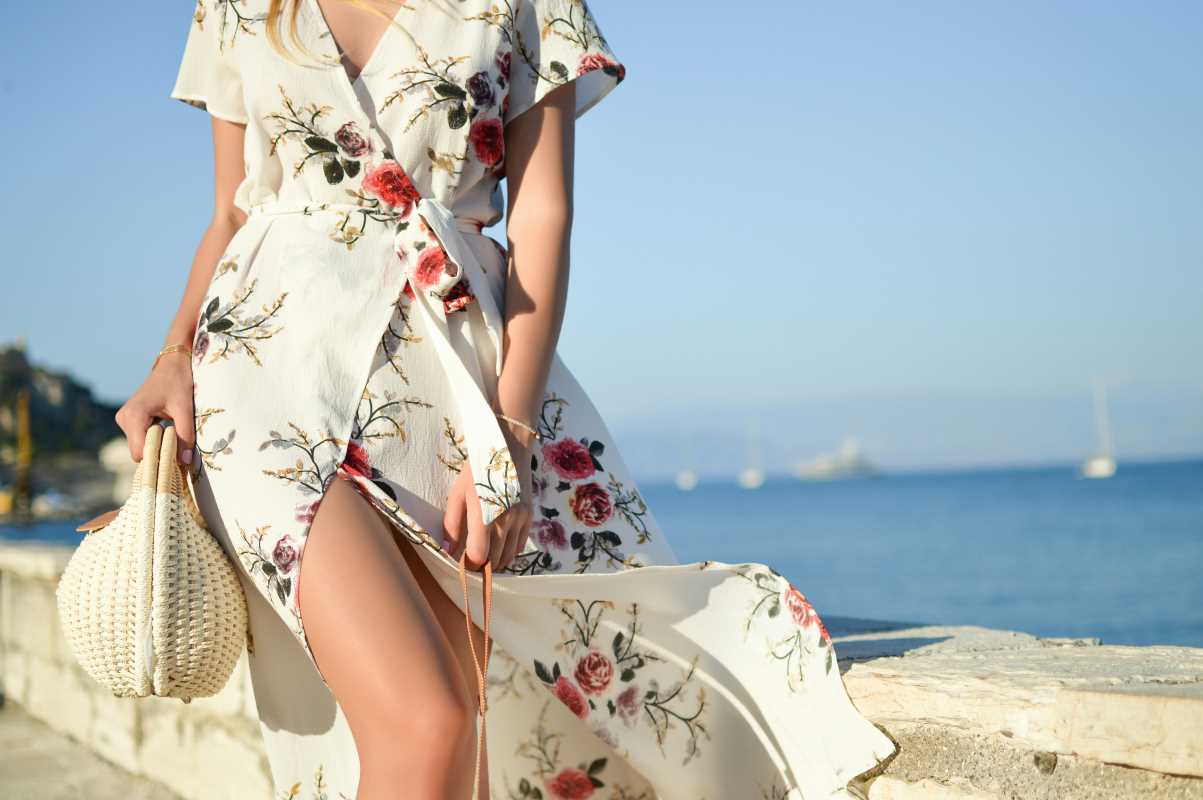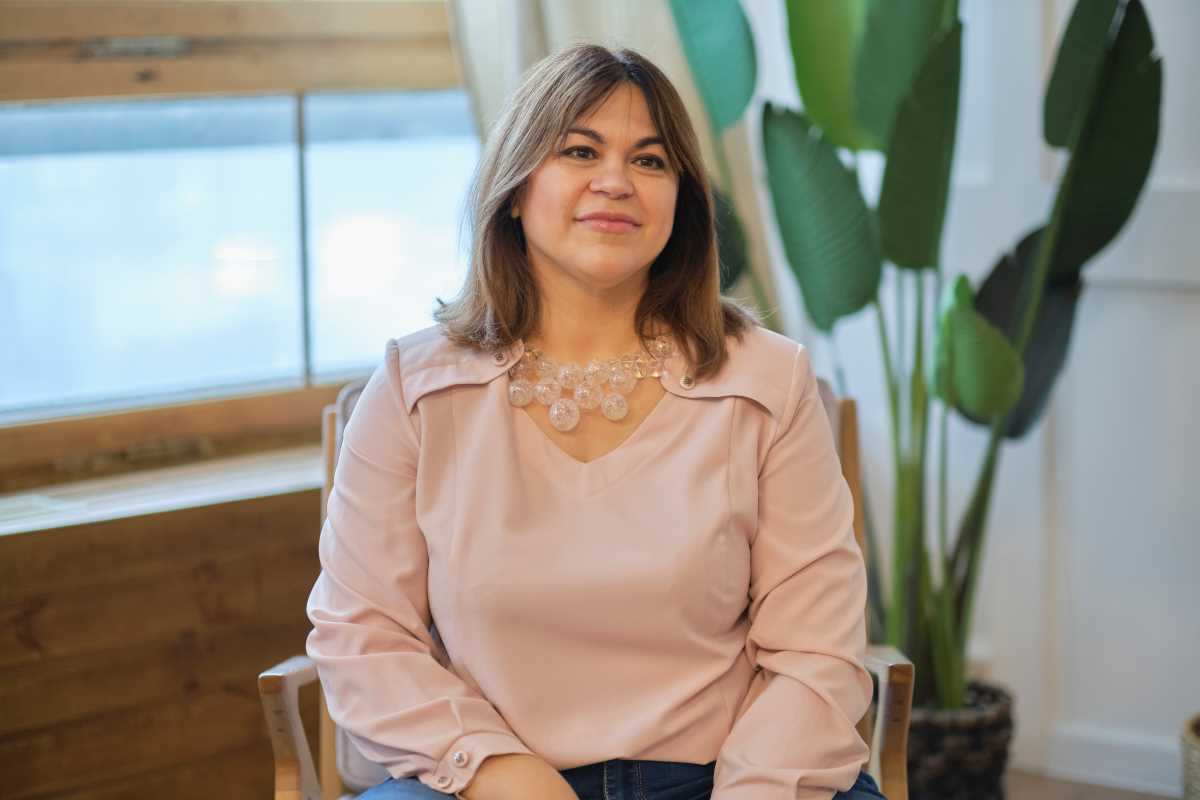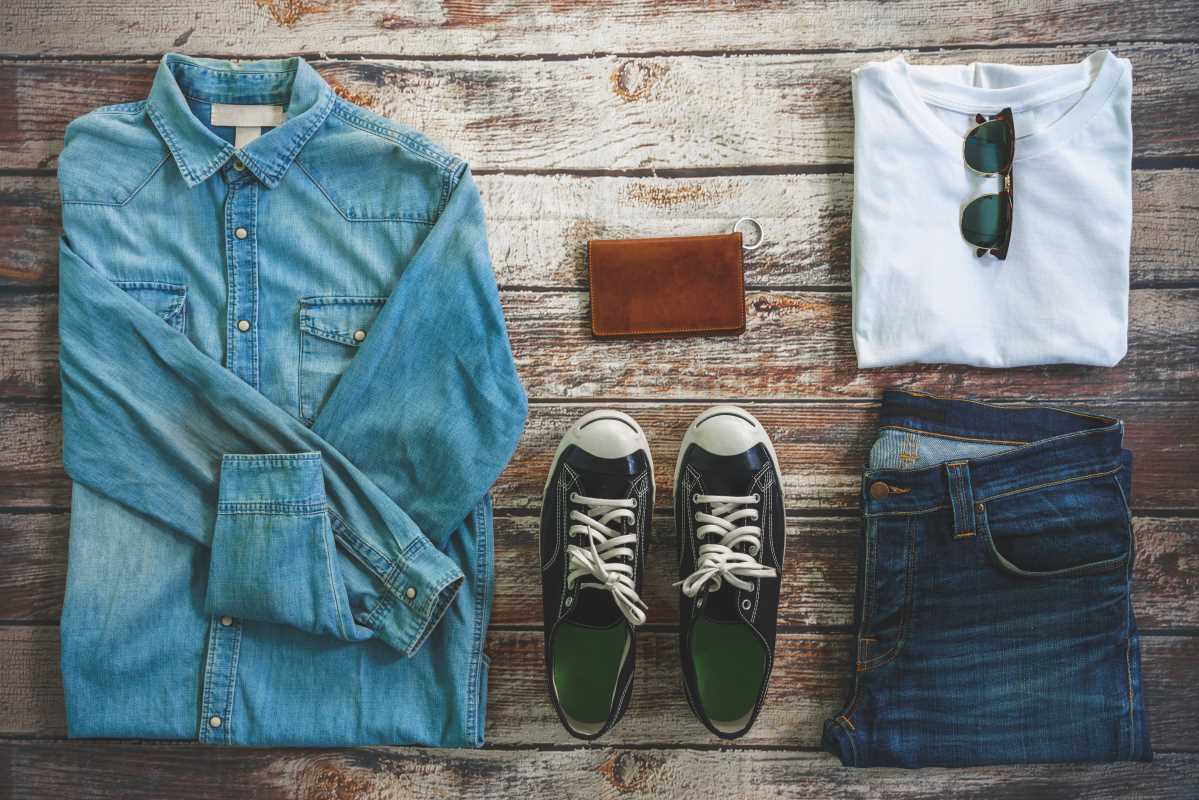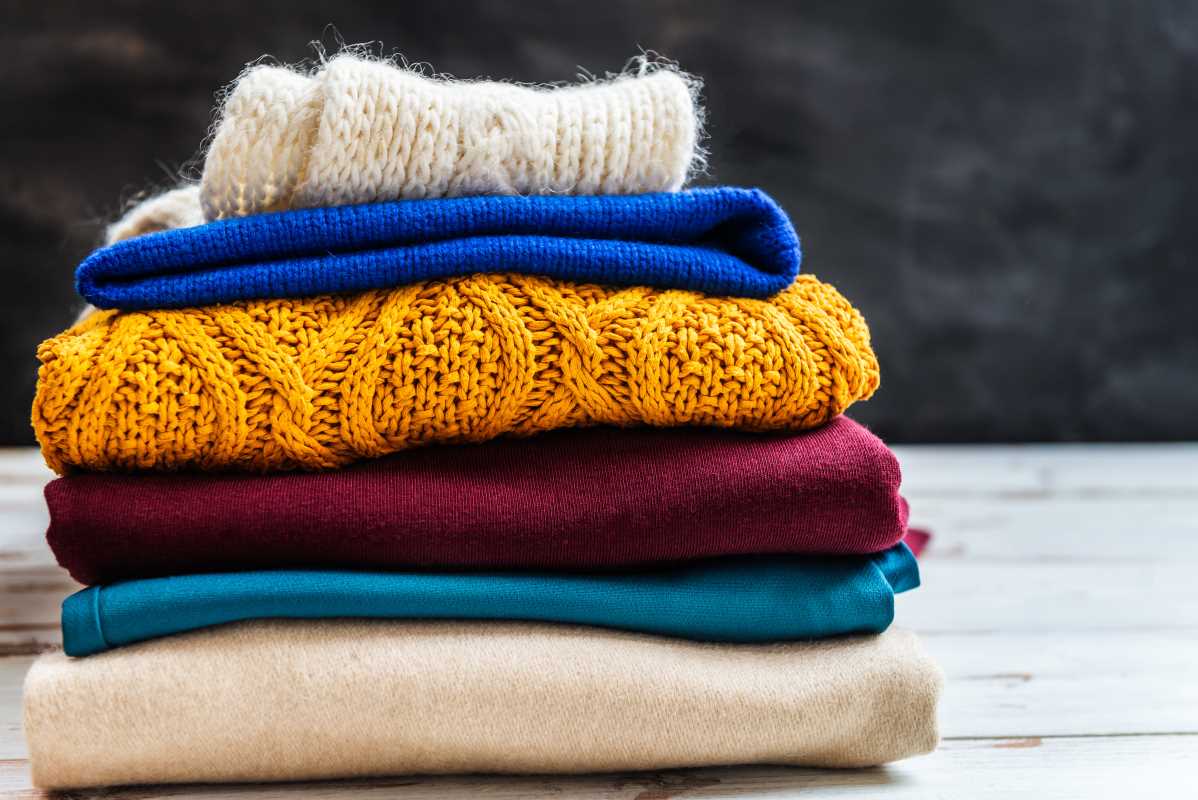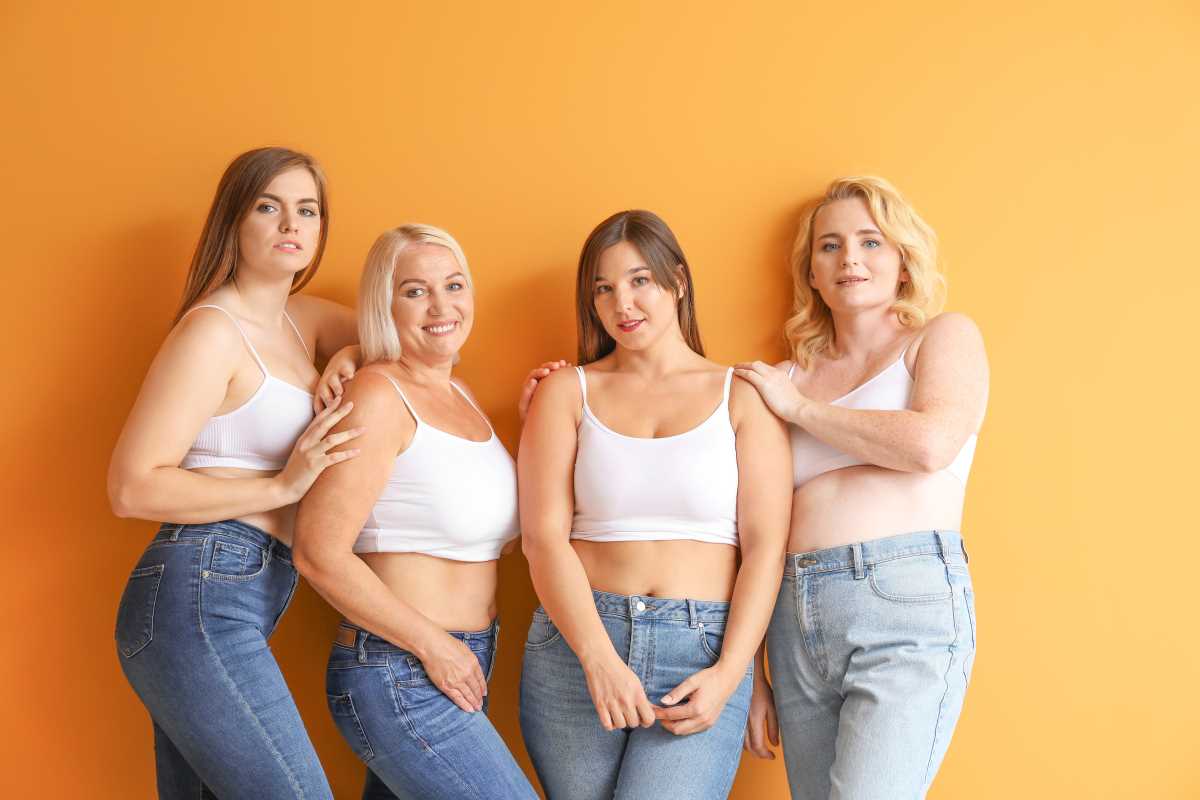The concept of luxury has long been associated with exclusivity, newness, and pristine perfection. The traditional luxury model thrived on a linear cycle of "take, make, and waste." A profound shift is now underway, as a new generation of consumers and forward-thinking designers champion a more conscious approach to high fashion. Circular fashion is emerging as the new standard, redefining luxury with principles of sustainability, longevity, and responsibility. This movement is about enhancing style or quality. By embracing practices like upcycling, rental services, and innovative material science, the luxury industry is proving that true opulence lies in craftsmanship that respects both people and the planet, creating a more beautiful and enduring legacy.
The Rise of Upcycling and Repurposing
Upcycling, the art of transforming pre-existing materials into new, high-value products, has moved from a niche craft to a celebrated practice within luxury fashion. Designers are now looking at waste not as an endpoint, but as a creative resource. This approach challenges the very notion of disposability, proving that old garments and leftover fabrics can be reborn into exquisite, one-of-a-kind pieces. This practice imbues clothing with a sense of history and narrative, adding a layer of depth that mass-produced items lack.
Luxury houses are leading this charge with remarkable creativity. The designer Marine Serre has gained international acclaim for her collections that prominently feature upcycled materials. She masterfully combines vintage silk scarves, reclaimed denim, and even old carpets to create her signature crescent-moon print garments. Each piece is unique, a testament to the beauty of imperfection and the potential of forgotten textiles. Similarly, the British brand Bethany Williams has built its entire ethos around social and environmental responsibility, using materials like recycled book waste and old tent fabrics to craft its collections, all while collaborating with charitable organizations. These designers are making a statement that the future of luxury is resourceful, innovative, and deeply connected to the world around it.
The Luxury Rental and Resale Revolution
The idea of ownership is being redefined in the luxury space. A growing number of fashion lovers are choosing to access high-end fashion through rental and resale platforms, rather than purchasing items outright. This shift is a cornerstone of the circular economy, as it extends the life of a garment exponentially. A single designer dress can be worn and enjoyed by dozens of people, dramatically reducing its environmental impact per wear. This model makes luxury more accessible and encourages a more mindful approach to consumption.
Platforms like Rent the Runway and The RealReal have become major players in the fashion industry. Rent the Runway allows subscribers to borrow a rotating wardrobe of designer pieces, from everyday workwear to show-stopping evening gowns. This gives consumers the thrill of wearing something new for every occasion without the commitment or environmental cost of ownership. The RealReal, a luxury consignment platform, has created a trusted marketplace for pre-owned high-fashion items. It has normalized the idea of buying secondhand luxury, authenticating every piece to ensure quality and building a community around the appreciation of well-made, timeless designs. Luxury brands themselves are getting involved, with brands like Gucci partnering with resale platforms to certify their pre-owned goods, officially endorsing the value of their items in the secondary market.
Innovative Materials: The Future of Fabric
The development of sustainable materials is one of the most exciting frontiers in circular fashion. Innovators are creating next-generation textiles from recycled waste and bio-based sources, offering luxurious alternatives to conventional fabrics. These new materials often possess the same, if not better, quality and feel as their traditional counterparts, while significantly reducing the industry’s reliance on virgin resources and polluting production processes.
One of the most prominent examples is ECONYL®, a regenerated nylon made entirely from waste products like fishing nets, industrial plastic, and old carpets. This material has the exact same properties as virgin nylon but can be recycled and remolded infinitely without any loss in quality. Luxury brands like Prada and Burberry have embraced ECONYL® for their iconic bags, outerwear, and swimwear collections, proving that sustainability can be seamlessly integrated into high-end design. Another groundbreaking material is Piñatex, a natural, leather-like textile made from pineapple leaf fibers, which are a byproduct of the pineapple harvest. This innovative material offers a cruelty-free and sustainable alternative to animal leather, with a unique texture and durability that has been adopted by both emerging and established designers for shoes and accessories.
Designing for Longevity and Repair
A key principle of circular fashion is designing products that are built to last. This marks a deliberate move away from the fast-fashion mindset of creating trendy, disposable items. Luxury brands are returning to their heritage of superior craftsmanship, creating pieces that are meant to be treasured for a lifetime and even passed down through generations. This involves using high-quality materials, timeless designs, and construction techniques that allow for easy repair.
Many high-end brands are now offering dedicated repair services, encouraging customers to extend the life of their purchases. The luxury outerwear brand Canada Goose offers a lifetime warranty and will repair any item suffering from a manufacturing defect, free of charge. The popular denim brand Nudie Jeans offers free repairs for life on all its jeans, fostering a powerful sense of brand loyalty and discouraging customers from simply throwing away a pair of jeans with a small tear. By designing for durability and providing the means for repair, these brands are shifting the consumer relationship with clothing. An item is no longer a temporary possession but a long-term investment worth caring for.
Embracing a New Definition of Luxury
Circular fashion is fundamentally reshaping what it means to be a luxury brand in the 21st century. The new definition of luxury is multifaceted. It is about exceptional quality and craftsmanship, but it is also about transparency, responsibility, and innovation. A luxury item today is one that is not only beautiful but also has a beautiful story behind it—a story of recycled materials, repurposed designs, and a commitment to a healthier planet. This movement is empowering consumers to make more informed choices, investing in pieces that align with their values without compromising on style. The future of fashion is circular, and it is proving to be the most luxurious look of all.
 (Image via
(Image via